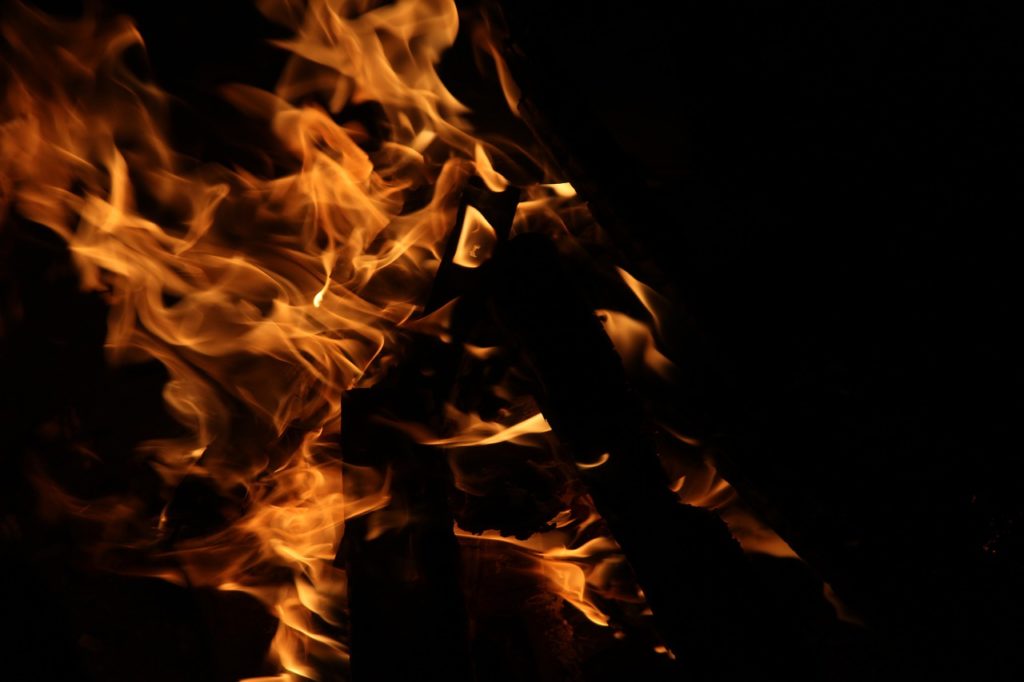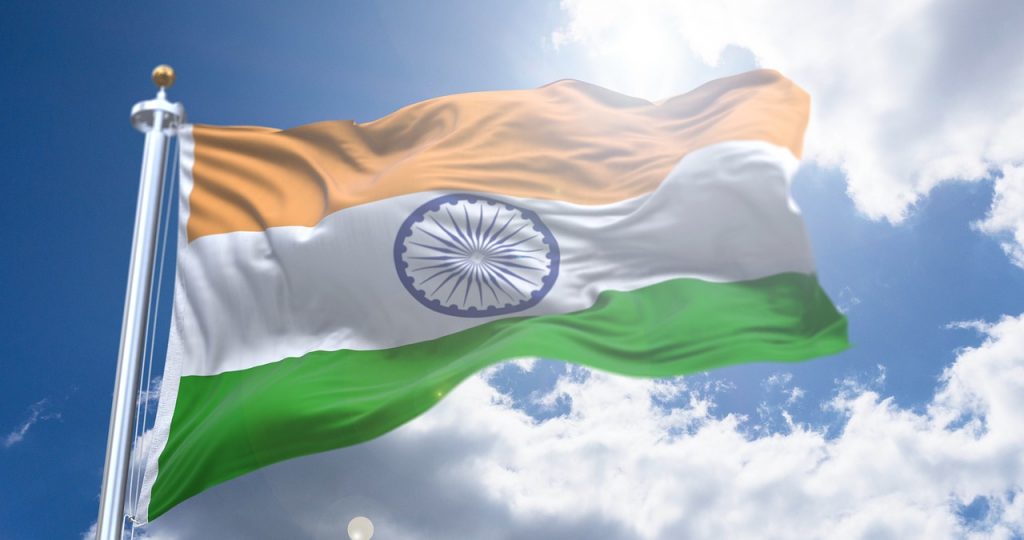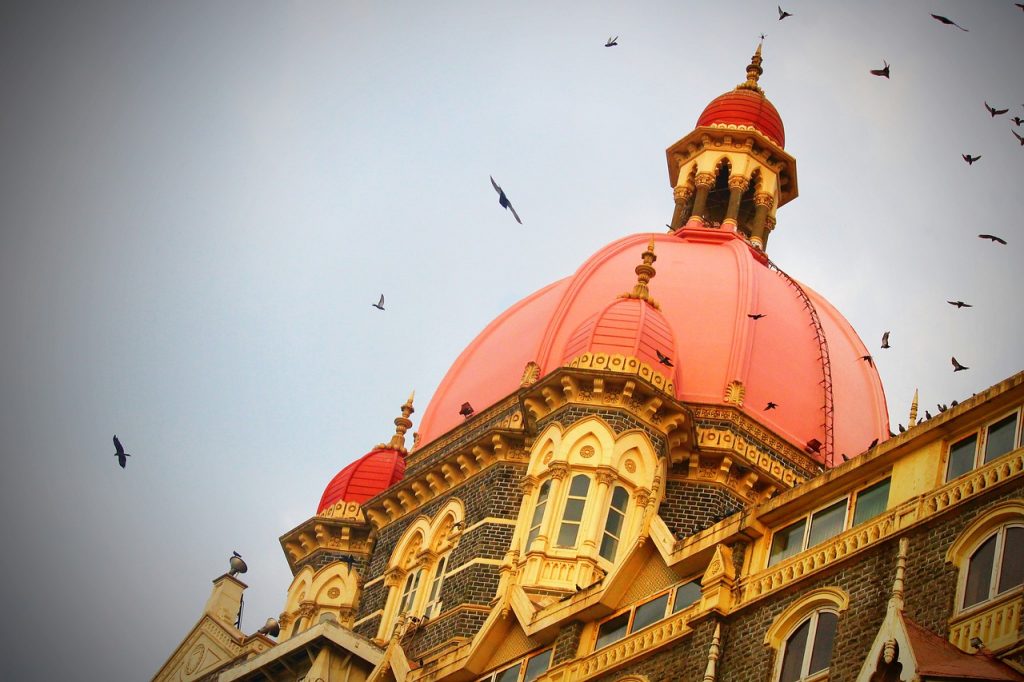Lohri is a winter folk festival celebrated in the Indian subcontinent, mainly in the northern region. It marks the passing of the winter solstice, the conclusion of the winter season, and greets the longer days that begin thereafter. Lohri falls on the night before Makar Sankranti, mostly on January 13th every year. It is widely celebrated by Hindus, Muslims, and Sikhs in Delhi, Haryana, Punjab, Himachal Pradesh, and in Jammu and Kashmir (primarily in the Jammu region).
Lohri Festival and Its Celebration in Jammu and Kashmir
Lohri is celebrated by lighting a bonfire, which signifies the return of longer, sunny days and the onset of spring. In ancient times, lighting the bonfire was symbolic of the return of long days. In Jammu, Havan Yagnas light up in households and temples.
People gather to have a feast, which includes preparations that use crops cultivated or harvested in winter such as gurh and gachak, nuts (harvested in January), radish (harvested between October and January), and mustard greens (cultivated in winter). In Jammu, many people take a dip in the holy rivers on the Lohri day.
Traditionally, Gajak, Sarson da saag with Makki di roti, radish, groundnuts and jaggery are savoured on the occasion. Til rice, in some places called tilcholi, is another popular dish relished on the festival of Lohri. It is prepared using jaggery, sasame seeds, and puffed rice.
Preparing Chajja is popular among children in Jammu. They create a replica of a peacock which is called Chajja, and take it from house to house while celebrating Lohri. Children also wear garlands made from groundnuts, dry fruits and candy. The Chajja dance is a tradition famous in the Lohri celebrations in Jammu. Boys, with their Chajjas, decorated using colourful paper and flowers, dance on the streets in processions.
On the Lohri day, kids go from house to house, singing songs. Adults in the house give them sweets which commonly include gachak, crystal sugar, jaggery, peanuts and popcorn. These treats collected by the children are called Lohri. It’s a tradition to toss till, peanuts, popcorn and some other foods into the fire at night. This is believed to signify the beginning of a new year. In Jammu, kids specially ask for gifts to newly-weds and families with newborn babies.
It is also a practice to light a bonfire at sunset and put sugar candy, sesame seeds, jaggery and rewaries into it, then sit around the fire while singing and dancing to folk songs. Commonly, people perform the Bhangda and Gidda dance forms. Hindus pour milk and water into the fire as an expression of gratitude towards the Sun God. Some people pray and take rounds around the bonfire as a token of their respect towards the element of fire.
Who started Lohri and what is the story of this festivity? The story of Dulla Bhatti who lived in Punjab is linked with the Lohri celebration. According to folklore, Dulla Bhatti lived in Punjab during the rule of Mughal Emperor Akbar. He is said to have rescued many Hindu girls from being taken for sale in the slave market in the Middle East. Sundri and Mundri were two of the several girls he saved. These girls are also a part of Punjabi folklore and many Lohri songs are based on Dulla Bhatti and his life story.
How do newly married couples celebrate Lohri and how do you celebrate a baby’s first Lohri? The families of the newly-wed couple gather around the bonfire in festive attire and celebrate Lohri with much aplomb. In families where there are newly-weds or a newborn baby, the requests for treats by kids also increase. To celebrate a baby’s first Lohri, the baby and the mother are given treats and gifts by friends and relatives. In households with newly married couples or newborn babies, Lohri celebrations start since morning by dancing to Dhol beats, followed by preparing special dishes, having fun with relatives and friends, and performing bonfire rituals in the evening.
Lohri has a special significance for the farmer community as it marks the commencement of a new financial year for them and obviously because this festival marks the beginning of the harvest season. You will be surprised to know that during the 19th century, revenue for winter crops was collected on Lohri.
It is worth visiting Jammu at the time of Lohri as this festival is celebrated with great zeal in every household here. The whole of Jammu looks decked up during this time of the year and there is a festive spirit in the air. People visit temples and holy rivers for prayers, bonfire rituals are held at different places, and family members, relatives and friends get together to enjoy good food, music and dance, as they happily greet the spring season and pray for everyone’s peace and prosperity.



